Foundation Repair Timing Guide
Spring offers moderate temperatures and increased soil moisture, which can facilitate repairs. However, wet conditions may delay work or cause soil movement.
Summer provides warmer weather and longer days, ideal for scheduling repairs. Dry conditions reduce soil movement, ensuring stability during repairs.
Fall can be suitable due to cooler temperatures and stable soil moisture levels. Early fall allows completion before winter weather sets in.
Winter is generally less ideal due to freezing temperatures and frozen ground, which hinder excavation and curing processes. Repairs during winter may require additional precautions.
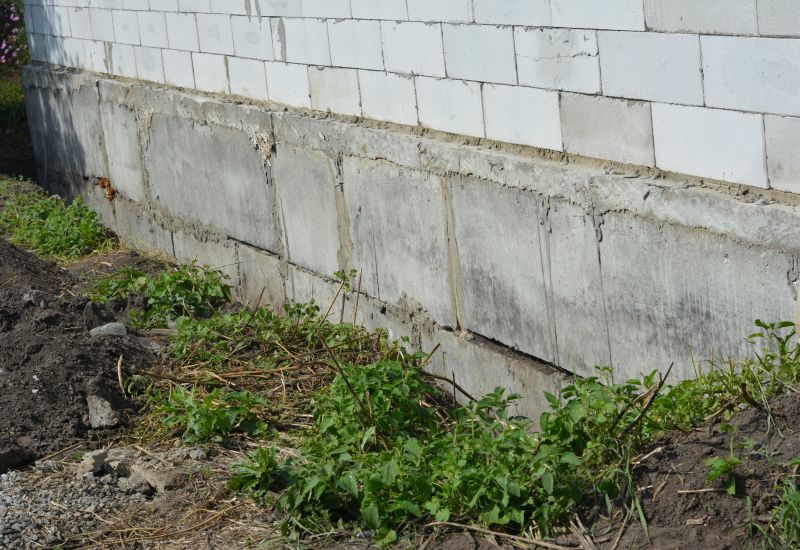
Spring's moist soil can aid in effective foundation stabilization.
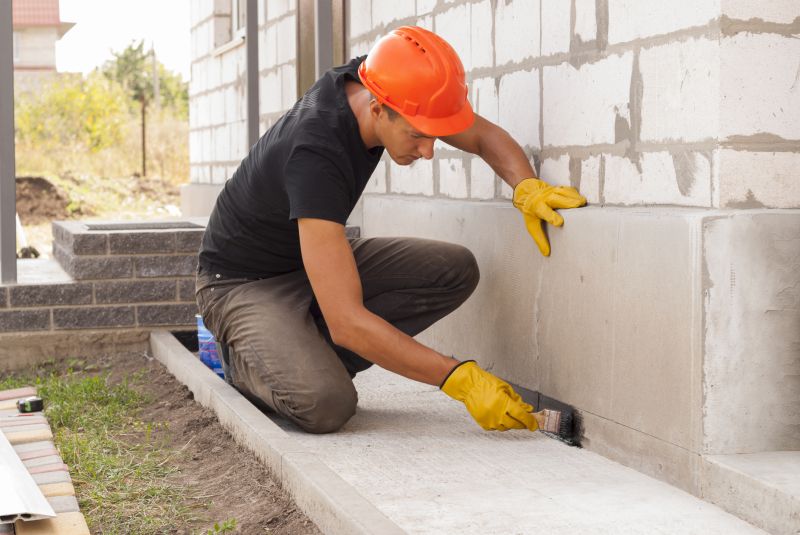
Warm, dry conditions support efficient repair processes.
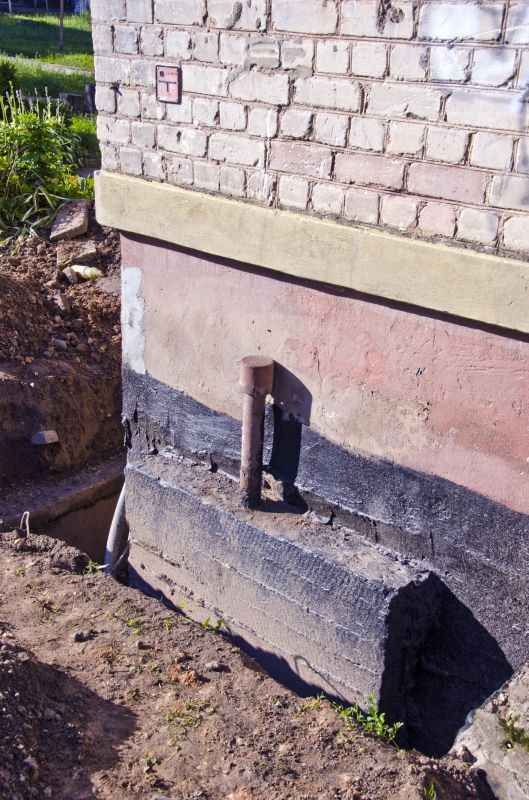
Early fall offers stable conditions before winter.
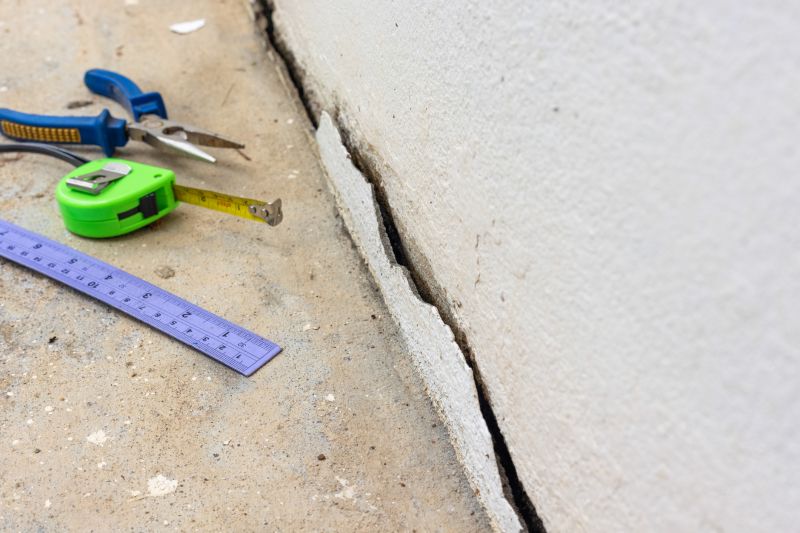
Ways to make Foundation Repairs work in tight or awkward layouts.
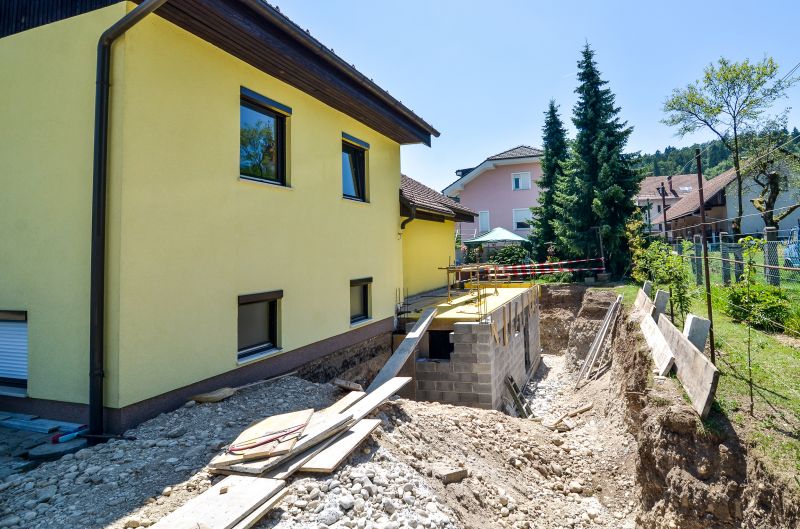
Popular materials for Foundation Repairs and why they hold up over time.
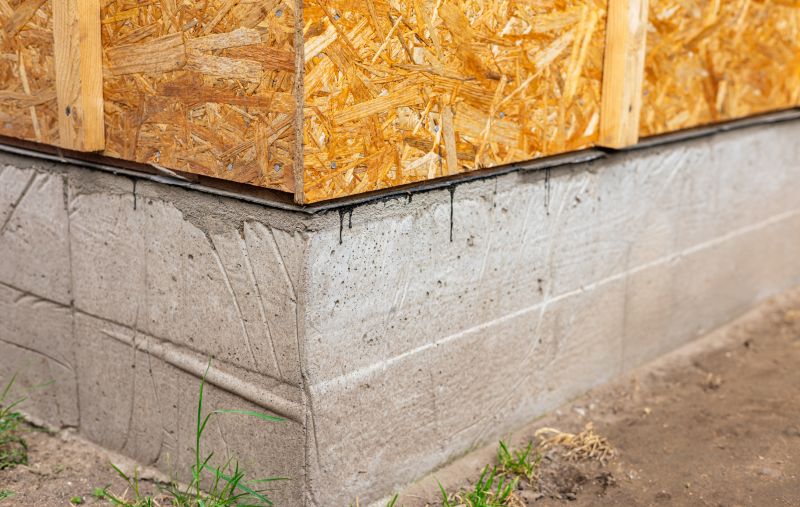
Simple add-ons that improve Foundation Repairs without blowing the budget.
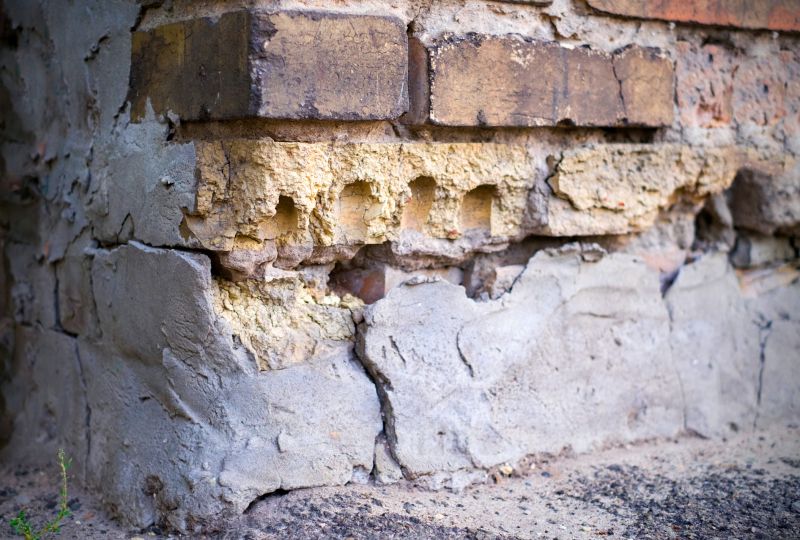
High-end options that actually feel worth it for Foundation Repairs.
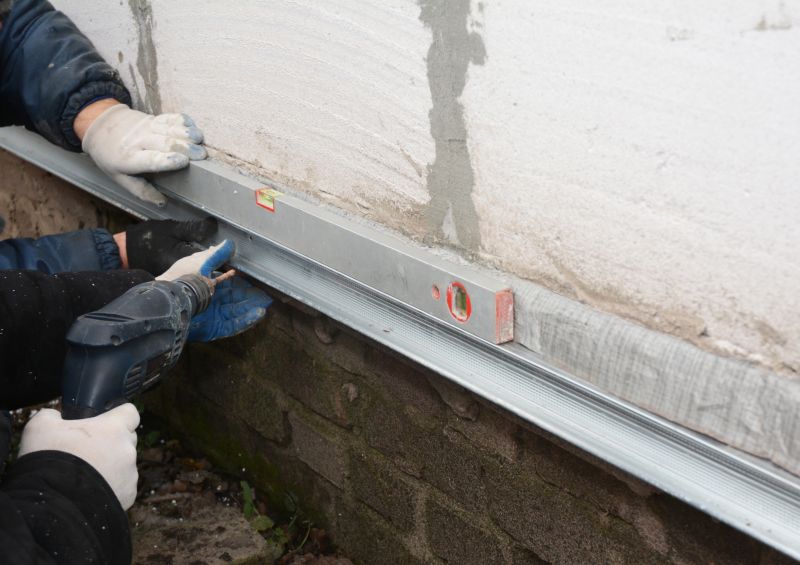
Finishes and colors that play nicely with Foundation Repairs.
Foundation repairs are critical for maintaining the structural integrity of a building. They address issues such as cracking, settling, and shifting caused by soil movement, moisture changes, or age. Proper timing ensures that repairs are durable and effective, reducing the risk of future damage. Seasonal factors like soil moisture levels and temperature fluctuations can significantly impact the success of foundation stabilization efforts.
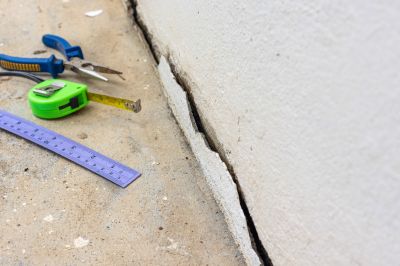
Visible cracks indicate underlying issues needing attention.
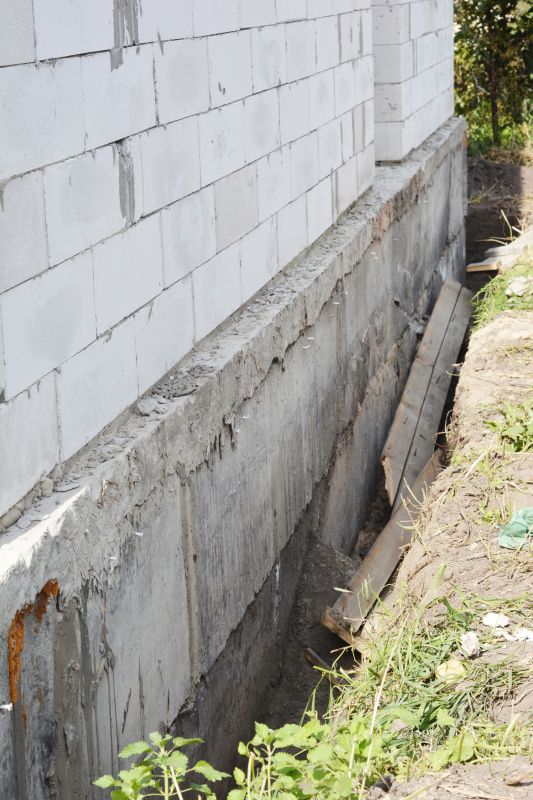
Reinforcement techniques enhance stability and longevity.
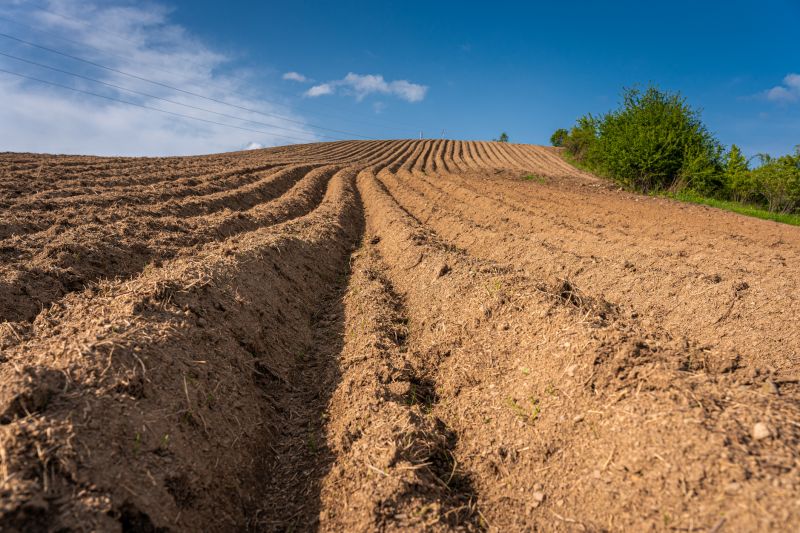
Proper soil management prevents future foundation movement.

Careful excavation is essential for effective foundation work.
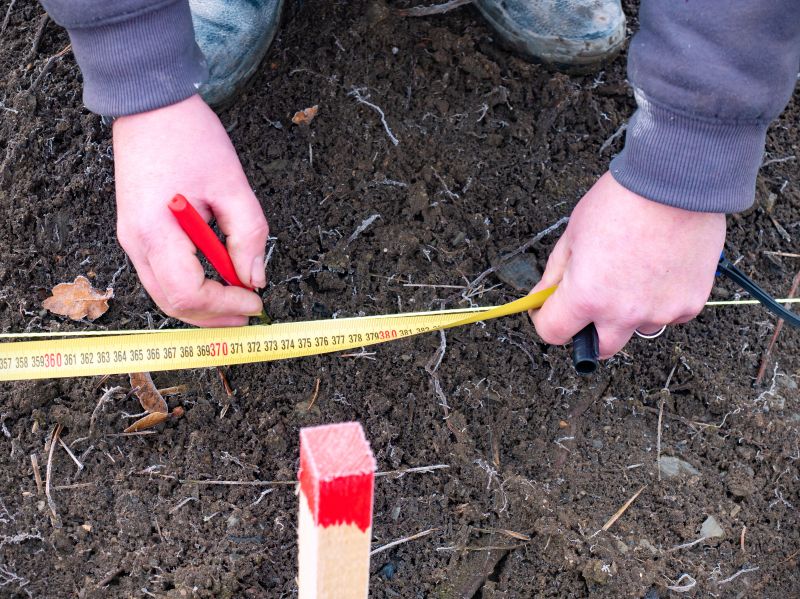
Little measurements that prevent headaches on Foundation Repairs day.
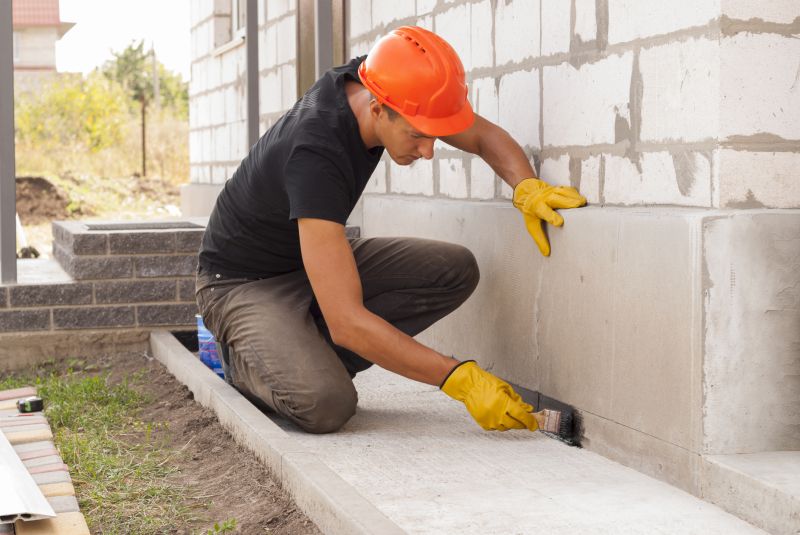
A 60-second routine that keeps Foundation Repairs looking new.
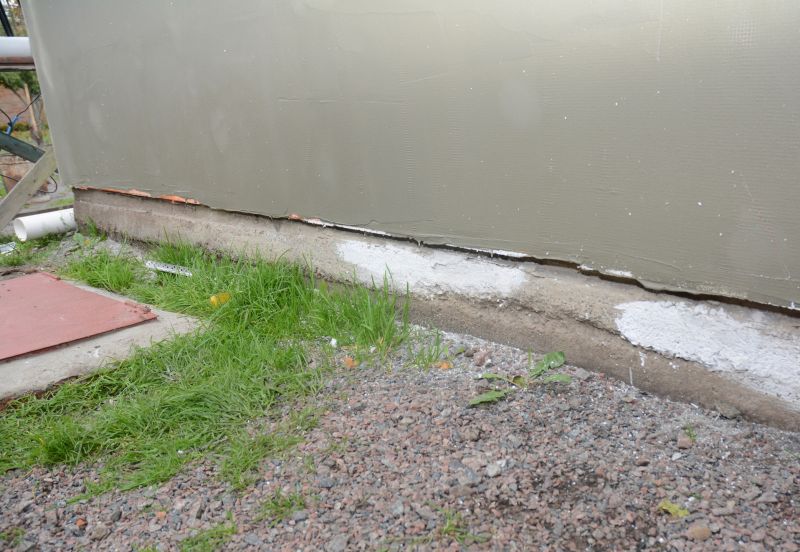
A frequent mistake in Foundation Repairs and how to dodge it.

Small tweaks to make Foundation Repairs safer and easier to use.
| Season | Ideal Conditions |
|---|---|
| Spring | Moderate temperatures, increased soil moisture |
| Summer | Warm, dry weather, long daylight hours |
| Fall | Cooler temperatures, stable soil moisture |
| Winter | Freezing temperatures, frozen ground |
Timing foundation repairs appropriately can prevent additional structural issues and extend the lifespan of the building. Understanding seasonal impacts helps in planning repairs that are both effective and durable. Consulting with foundation specialists can provide guidance tailored to local climate conditions.
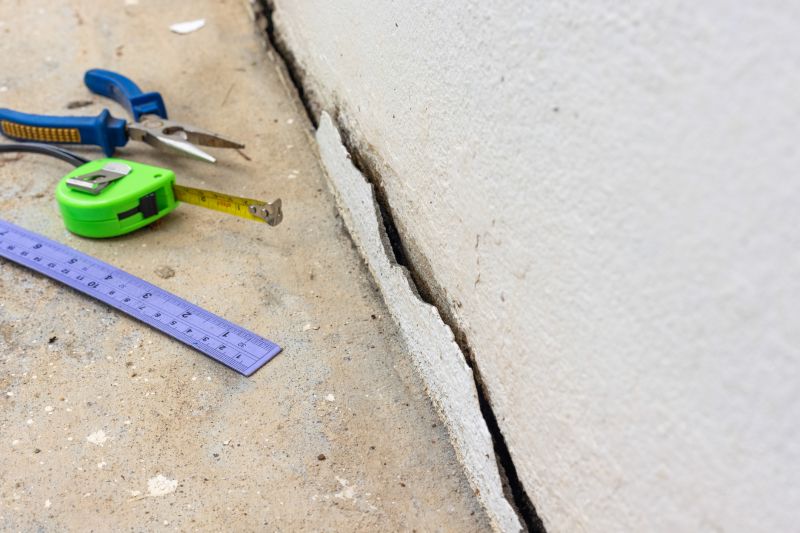
Specialized tools ensure precise and stable repairs.

Methods like underpinning improve foundation support.
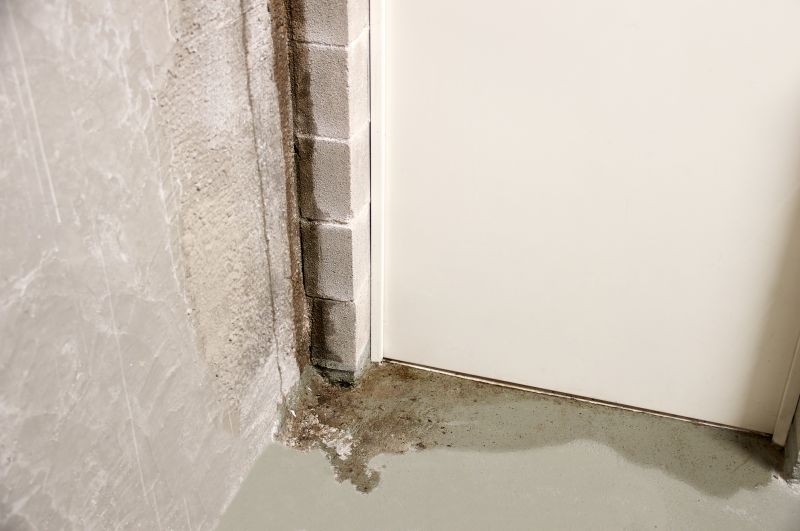
Managing soil moisture prevents future foundation issues.
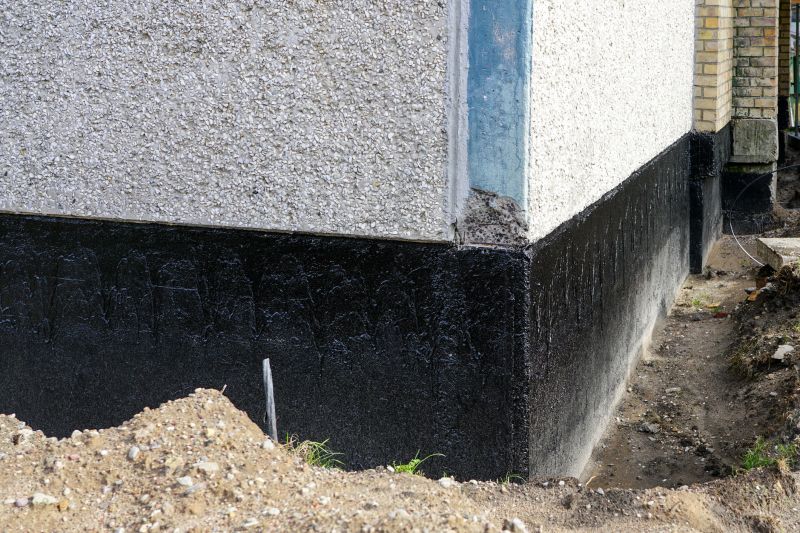
Lower-waste or water-saving choices for Foundation Repairs.

The short, realistic tool list for quality Foundation Repairs.

Rough timing from prep to clean-up for Foundation Repairs.
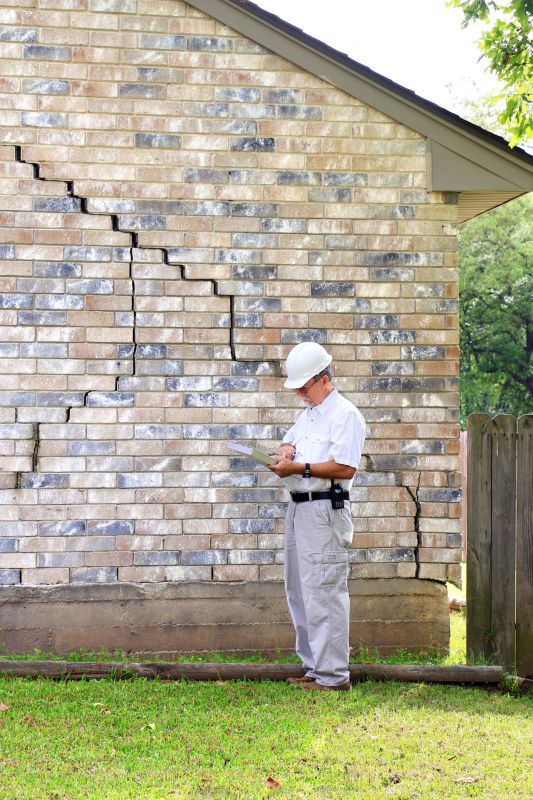
Quick checks and paperwork to keep after Foundation Repairs.
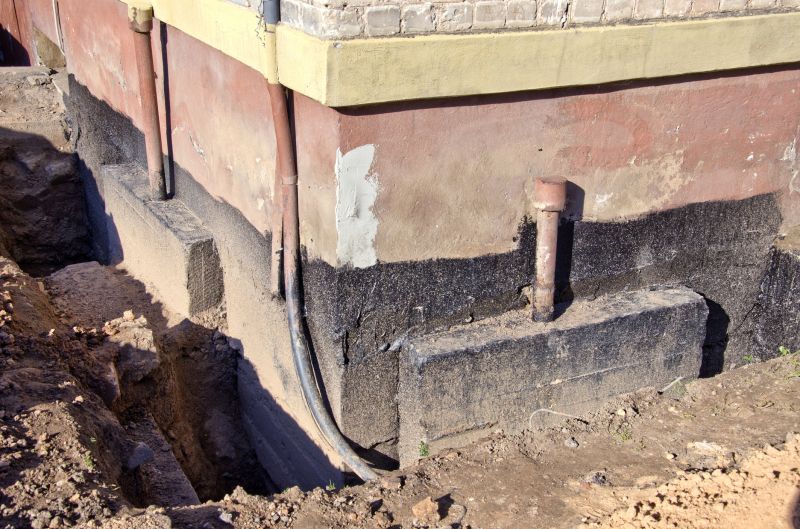
Examples that show the impact a good Foundation Repairs can make.
Interested property owners are encouraged to contact for further information or to discuss specific foundation repair needs. Proper timing and expert consultation can significantly influence the success of foundation stabilization projects.

